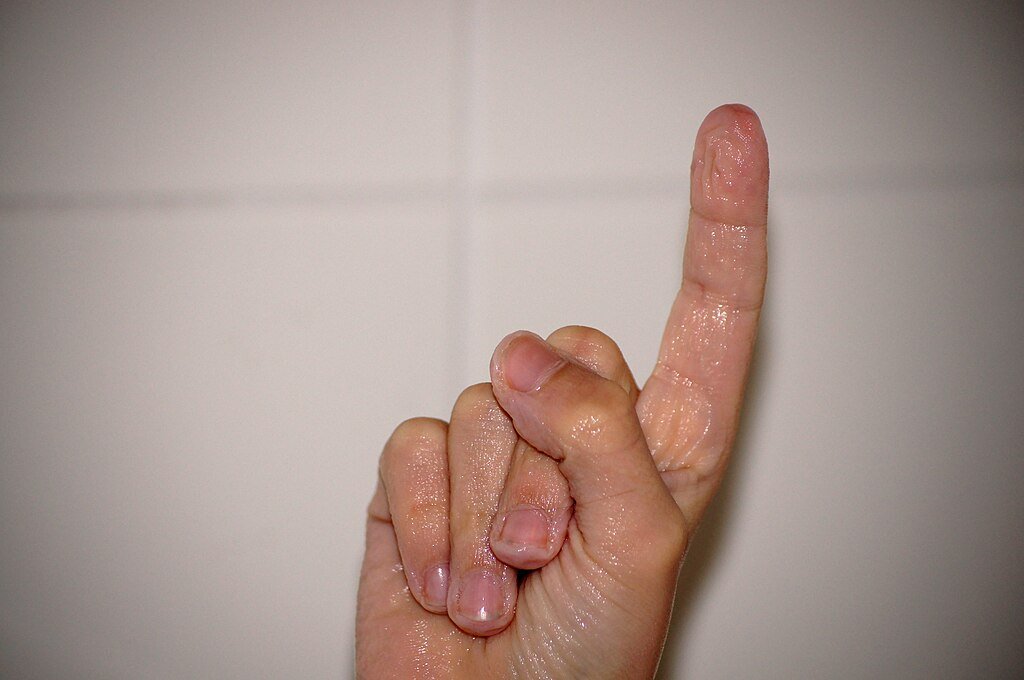The First Time Humans Wore Clothes
Have you ever asked the first time humans wore clothes? Comparative analysis of the DNA of lice and pubic lice (crab louse) makes it possible to date the appearance of clothing in humans. Lice have indeed migrated from the head to the genitals thanks to the wearing of clothing and have evolved into crabs. Thanks to this discovery, it is estimated that humans began wearing clothes between 83,000 and 170,000 years before our time.
It was 170,000 years ago. However, the oldest physical trace of a prehistoric habit is less than 30,000 years old. So how do we know? Thanks to the lice! Some of these insects settle in the hair, while others favor clothing.
DNA analyzed
Researchers at the University of Florida have analyzed the DNA differences between the hair louse and the body louse to find out when the two subspecies separated. Answer: some lice started to leave hair to lay eggs on clothes 170,000 years ago. And for them to have gone there, our ancestors must have invented the clothes. It was therefore at this time that our ancestors abandoned the Adam outfit.
It is indeed by determining the date of split between the lice of the head (pediculus humanus capitis) and those of the body (pediculus humanus corporis), that the scientists managed, indirectly, to estimate the date of appearance of the very first clothes.
This split between the two types of parasites would have occurred around 190,000 years ago. It is the mark of an ecological differentiation linked to the frequent use of the first clothes. These would therefore have appeared between 190,000 and 170,000 years ago. That is to say, from the beginning of the appearance of Homo sapiens whose birth is fixed between 160,000 and 200,000 years ago.
Because head lice would have, according to specialists, no predisposition to nest in clothes, and would even be unable to do so; while those of the body would take malicious pleasure in curling up in the folds of clothing.
This mutation between the two species of lice would have taken place in just a few generations. It thus testifies to a key lifestyle change among our ancestors, swapping their “native dress code” based until then exclusively on hair for the very first clothes in history.
Homo sapiens will probably share this new equipment with its competitor, Neanderthal man.
Thus endowed with a new adornment, our ancestors will be able to leave African soil, their cradle, to migrate to countries with a less clement climate. If the habit does not make the monk, it will, on the other hand, make the traveler happy.
Essential skins for the climate change and against the cold weather
As the climate deteriorated during the last period of glaciation, the maximum of which occurred between 24,000 and 19,000 BCE, better cover was needed. It was no longer a question of simple skins on the shoulders, but of covering and sewn clothing, sometimes in several layers so as not to let the cold through.
Overall, the clothes had to resemble those still worn by the Inuit (group of culturally similar indigenous peoples inhabiting the Arctic and subarctic regions of Greenland, Canada and Alaska) fifty years ago.
Skins were essential. The fabrics did not exist at that time and they would not have been enough to protect the body from the cold. For this, hominids hunted many animals: horses, aurochs, lynx, hares etc. Some skins are more or less easy to work with, more or less resistant and hold more or less heat.
Sources: PinterPandai, University of Florida, Science Focus, Britannica Beyond
Photo credit: Wally Gobetz / Flickr



